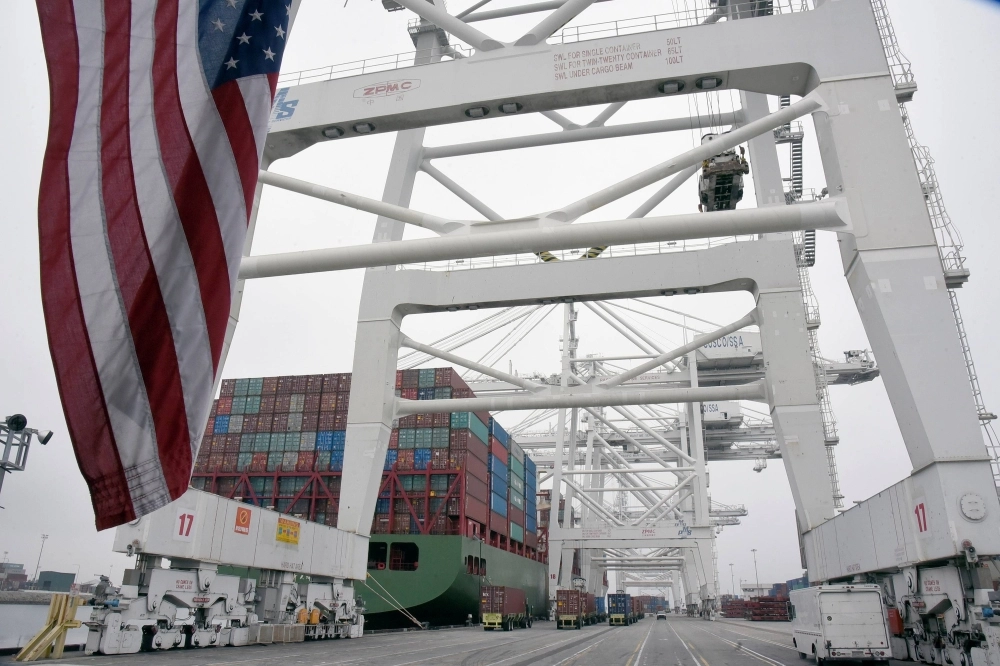Finally. After years of talk about deglobalization, decoupling and derisking, there is at long last evidence of substantive change in global economic activity.
The primary driver of that evolution is geopolitics, but that isn’t the whole story. The transformation of global trade will outlive this geopolitical moment and the future is likely to be a world of “thin globalism, ” a trading system with more intense connections among like-minded countries and "thinner" with those with ideological differences.
Ever since Donald Trump launched his trade war against China, economists have looked for a change in global trade patterns; expectations increased after the COVID-19 pandemic pushed governments and businesses to rethink their dependence on global supply chains. The Biden administration’s readiness to pursue many of its predecessor’s trade policies and principles, coupled with Russia’s invasion of Ukraine, heightened pressures to reassess business activity.


















With your current subscription plan you can comment on stories. However, before writing your first comment, please create a display name in the Profile section of your subscriber account page.